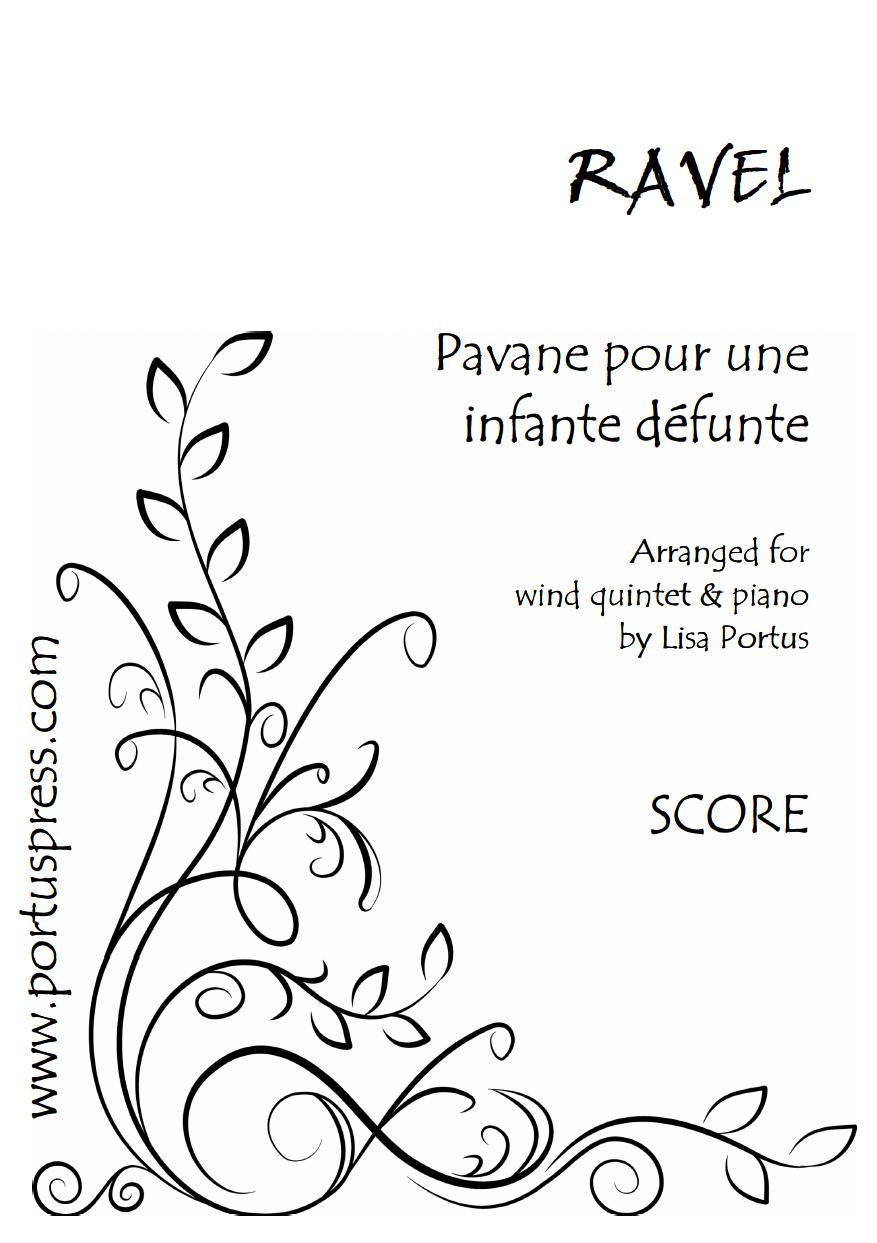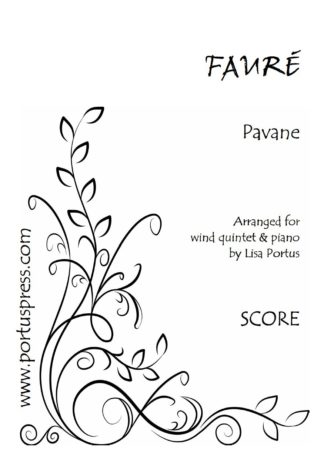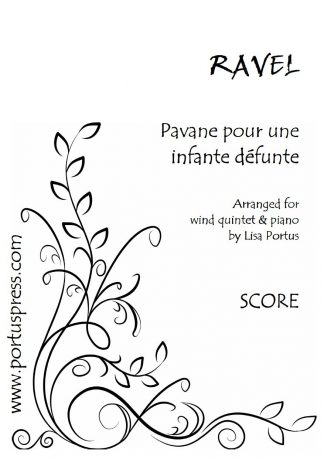Description
Pavane pour une infante defunte was written for solo piano in 1899 by Maurice Ravel when he was a 24 year-old student at the Paris Conservatoire. He chose the title simply because he liked the way it sounded since, despite its literal translation (Pavane for a Dead Princess), this is no funeral march. Rather, Ravel wanted to emulate the slow, processional style of the pavane dance that had been popular in European courts of the 16th and 17th centuries, describing his piece as “an evocation of a pavane that a little princess might, in former times, have danced at the Spanish court“.
Ravel complained that the piece had “quite poor form” and “lacked daring” and even tried to distance himself from the work in later life. However, the Pavane was warmly welcomed by the public and remains one of his best-loved works today. This is a stunningly beautiful work filled with subtle charm and dignified solemnity, with a lightness of touch that emerged as one of Ravel’s compositional hallmarks.
The piece opens, as it does in Ravel’s 1910 orchestration, with one of the most famous horn solos in the repertoire.






